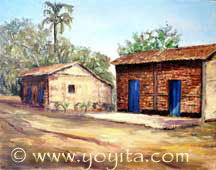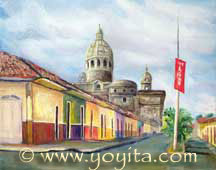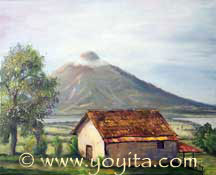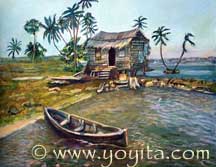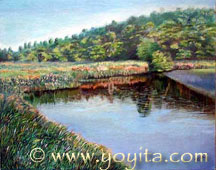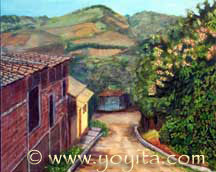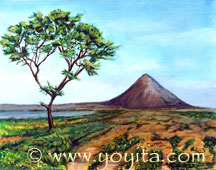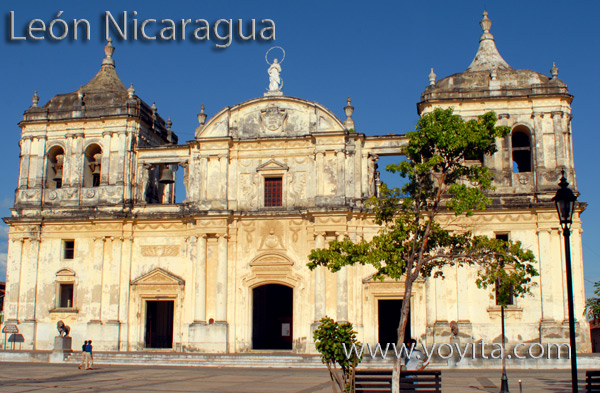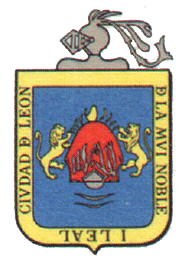Santiago de los Caballeros de León, Nicaragua
Leon is named after Leon, Spain and is a department and a City in Nicaragua. After Granda City, Leon has the best colonial architecture in Nicaragua
One of the oldest colonial city in Central América, the First City of Le’┐Įn was founded by the spanish conqueror "Francisco Hernández de Córdoba" in 1523, (he also founded the colonial Granada City, besides Lake Nicaragua) located about 20 miles east of the present City of Le’┐Įn and east of Lake Managua. Leon Viejo was founded at the foot of Volc’┐Įn Mombotombo
After the 1610 eruption of the Momotombo volcano and earthquake, located only a couple miles away, caused extensive damage, the inhabitants of this old Le’┐Įn decided to move to another location to prevent the loss of life and property again to an eruption. This new site had been a Native American town named Subtiava. At the time of the Spanish conquest Subtiaba was the residence of the great cacique of Nagrando, and contained an important Indian temple. The ruins of the abandoned city were excavated in 1960 and placed on the UNESCO World Heritage list in the year 2000.
Le’┐Įn is situated on the R’┐Įo Chiquito River, some 50 miles northwest of Managua, and some 11 miles north of the Pacific Ocean coast. Although less populous than Managua, Le’┐Įn has long been the intellectual center of the nation, with the university founded here in 1813. Le’┐Įn is also an important industrial and commercial center for Nicaragua.
Le’┐Įn has fine examples of Spanish Colonial architecture, including the massive and elaborately ornamented grand Cathedral of the Assumption, built built in the Renaissance style from 1706 to 1740, with two towers added in 1746 and 1779. It is the largest Cathedral in Central America. There is an array of other churches, eighteen in all, displaying a fine spectrum of architectural styles. a Dominican church in Subtiaba is little less striking. The old (1678) and new (1873) episcopal palaces, the hospital, the university and the barracks (formerly a Franciscan monastery) are noteworthy examples of Spanish colonial architecture
When Nicaragua withdrew from the United Provinces of Central America in 1839, Le’┐Įn became the capital of the new nation of Nicaragua for around 200 years. For some years the capital shifted back and forth between Le’┐Įn and Granada, Nicaragua, with Liberal regimes preferring Le’┐Įn and Conservative ones Granada, until Managua was agreed upon to be the permanent capital in 1858.
Rub’┐Įn Dar’┐Įo the great modernist poet was born in the Department of Le’┐Įn, in the City of Metate, then Chocoyo and now Ciudad Dar’┐Įo.
Yale students are invited to spend a week of Spring Break 2007 in Nicaragua as part of a delegation sponsored by the New Haven/Le’┐Įn Sister City Project and Reach Out.
The UNAN (National Autonomous University of Nicaragua) is the oldest in Nicaragua, and has existed for the last 194 years. In 1947 Leon's University was elevated to the rank of National University and on March 27, 1958, under the dean Mariano Fiallos Gil it adquired its Autonomy.
The UNAN was the second University of The Americas and the last one of American Continent founded during the last days of thee Colony.
The Seminario Conciliar de San Ram’┐Įn Nonnato o Colegio Tridentino, erected in 1680 by order of the Trent Councyl, was the iniciative to the UNAN. Father Agustin Ayestas started the iniciateve to convert the seminary in University and the Bishop Nicol’┐Įs Garc’┐Įa Jer’┐Įz continued until the tribunals of Cadiz (Spain) generated a decreet of the University in 1812.
At the beginning the first subject thought were Law, Cannonical and Medicine, and later Pharmacy was added.
|
